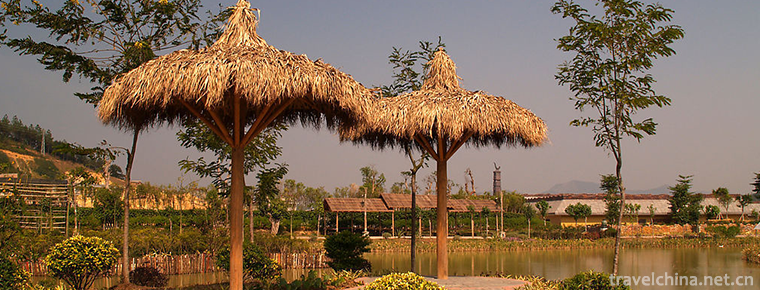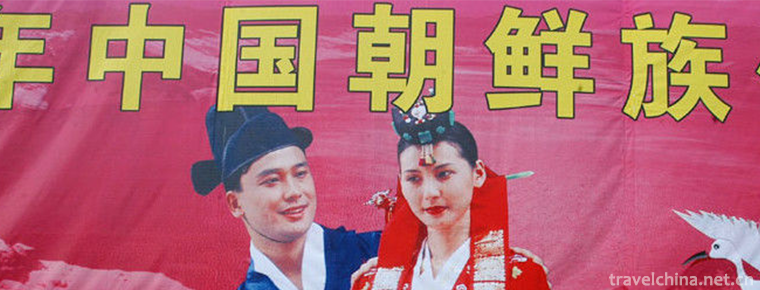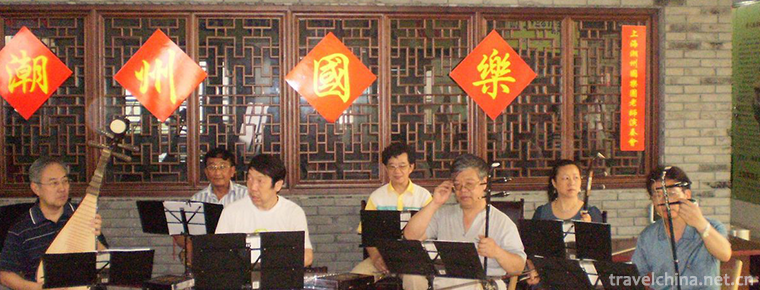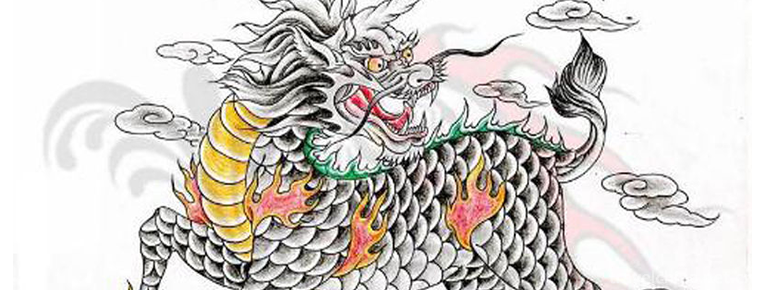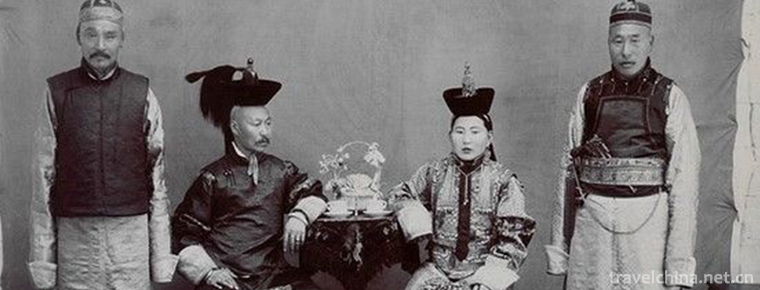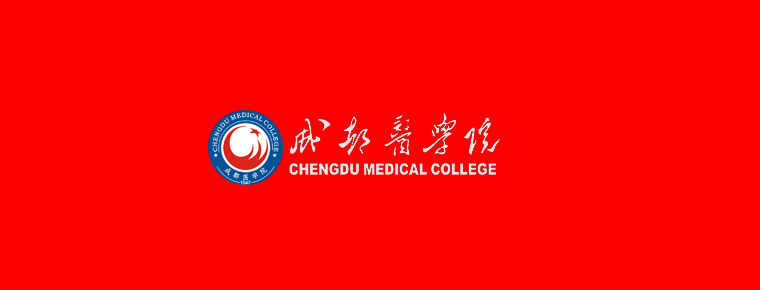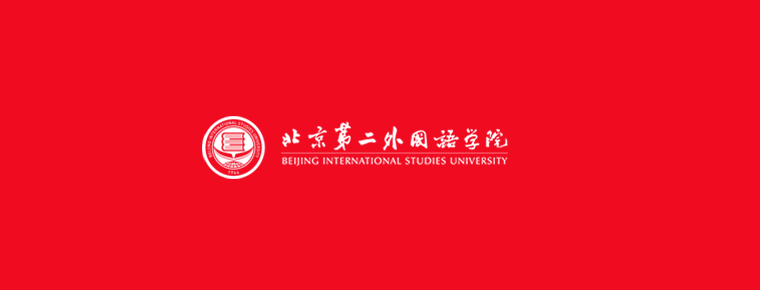Umbrella Making Skills
Umbrella Making Skills
Oil-paper umbrella is one of the traditional handicraft products in China. As a kind of paper or cloth umbrella originating in China, it has also spread to various parts of Asia, such as Korea, Vietnam, Thailand, Japan and so on, and has developed oil-paper umbrella with local characteristics. With the migration of Hakkas from mainland China to Taiwan, Chinese oil-paper umbrellas have taken root and developed in Taiwan. Oil-paper umbrellas are not only daily necessities to protect the sun and rain, but also an indispensable part of marriage etiquette. At traditional Chinese weddings, when the bride gets married and leaves the sedan chair, matchmaker will cover the bride with red oil-paper umbrellas to avoid evil. Japanese traditional wedding. Oil-paper umbrellas were also used in ancient Ryukyu weddings. Old people like purple umbrellas, which symbolize longevity. White umbrellas are used for funerals. Traditional Japanese dances also use oil-paper umbrellas as props.
In religious celebrations, oil-paper umbrellas are often seen as shelters on the sedan chair, which is to take its full meaning as a symbol of people sheltering from the sun and rain, evading evil and evading evil. Umbrella is the most commonly used umbrella nowadays. Oil-paper umbrella is mostly sold as art and tourist souvenirs.
Among them, the production process of Jiangnan classical oil-paper umbrella is also the representative of oil-paper umbrella. Fenshui Oil Paper Umbrella Factory is the only paper umbrella manufacturer in China that maintains the traditional craft of tung oil and lithography. The traditional production technology of Fenshui Oil Paper Umbrella is praised by experts as the "living fossil of Chinese folk umbrella art" and the only "national intangible cultural heritage" in the oil paper umbrella industry at present. In 2009, Bi Liufu, the sixth generation heir of water-dividing oil-paper umbrella, was listed as the representative heir of the national intangible cultural heritage project by the Ministry of Culture, thus becoming the only representative heir of handmade oil-paper umbrella in China.
Historical Evolution
origin
Oil-paper umbrella is the traditional daily umbrella of the Chinese nation. It has been used for more than 1000 years. The umbrella shelf is made of hand-cut bamboo strips and the umbrella surface is made of lint paper coated with natural waterproof Tung oil. Oil-paper umbrella is the earliest umbrella in the world. It is made by hand. It is made entirely from nature. It is the crystallization of the wisdom of Chinese ancients.
The commonly used nylon steel umbrella was developed by the British in the 19th century according to the opening and closing principle of Chinese oil-paper umbrella, using modern materials and industrialized production. Although it is convenient to carry and cheap, it is a lifeless industrial product. The elegant and natural beauty of the traditional oil-paper umbrella can never be compared with that of nylon steel umbrella.
In Hakka dialect, "oil paper" and "son" are homonymous, so when Hakka women marry, they usually use two paper umbrellas as dowry, which means "having a precious son early"; the proper word "umbrella" has five characters, which symbolizes many children and grandchildren, and the umbrella surface opens to form a circle to wish the new couple a happy life. When a man is 16 years old, his parents will give him an oil-paper umbrella, hoping to support the idea of the door.
In Taoist celebrations, oil-paper umbrellas are often seen as shelters on the sedan chair because they have the effect of seeking good fortune and avoiding filth.
Spread
Chinese umbrella has a long history. The earliest umbrella was invented by Lu Ban's wife, Yun Shi.
In the late Spring and Autumn Period, Lu Ban, a famous woodworker in ancient China, often worked in the field. If it rained, he was often wet. Lu Ban's wife wanted to make something that could shelter the rain. She split the bamboo into thin strips and covered them with animal skins. They looked like "pavilions". They were folded like sticks and opened like covers. This is the earliest umbrella. After Cai Lun invented paper in the Eastern Han Dynasty, an oil-paper umbrella with tung oil brushing on the umbrella paper for waterproofing appeared, and literati and refined scholars would inscribe poems and paintings on the umbrella surface before putting oil in order to express their feelings. It was called green paper umbrella in Song Dynasty. In the following dynasties, there have been improvements, such as paper umbrella, oil umbrella and bat umbrella, which finally formed today's public goods and has been used for more than 1000 years.
Oil-paper umbrella spread to Japan and Korea in the Tang Dynasty. In the early days of Japan, oil-paper umbrella was called "Tang umbrella". When oil-paper umbrellas were introduced to other parts of Asia, such as Vietnam, Thailand and Laos, they combined local culture and had their own styles and names. Song Yingxing's "Tiangong Kaiwu" mentioned: "Every umbrella and oil fan are pasted with small paper." Shen Kuo's "Mengxi Bi Tan" also mentions that "with a new red umbrella, Japan overwhelms China." In some literary works, such as The Legend of the White Snake, we can also see the traces of the oil-paper umbrella. Oil-paper umbrella is not only a daily article to protect the sun and rain, but also an indispensable part of the wedding etiquette. In traditional Chinese wedding, when the bride gets married and leaves the sedan chair, the bride will cover the bride with a red oil-paper umbrella to avoid evil.
Production process
Traditional oil-paper umbrella production process is very cumbersome, all rely on manual completion. There is a folk proverb: 72 and a half processes, moving in and out is not worth it. Generally speaking, it can be divided into the following steps:
1. Bamboo No. 1: Selecting Bamboo
2. Make skeleton: Cut umbrella bones, and carry out necessary technical treatment such as water immersion, sunshine drying, and then drill holes, assemble frames, thread threading, series umbrella handle umbrella head to make skeleton.
3. Umbrella Surface: Stick the cut paper to the skeleton, trim, shape and expose to the sun.
4. Flowers: Draw patterns on the surface of umbrellas and dry them in the sun.
5. Oiling: Finally, brush the umbrella with cooked tung oil and use it when it is completely dry.
At present, oil-paper umbrella workshops with better inheritance in China, such as the moon oil-paper umbrella in Qinfeng and Han Dynasty, and the oil-paper umbrella in Ruoshuitang, still make oil-paper umbrella by traditional ancient method. 86 procedures are all manual operation, from cutting bamboo to drawing patterns, and no machine is used. Material also adheres to tradition, in order to maintain its natural charm of ancient law, not to make it degenerate into industrialization. For example, the umbrella holder must be cut down from the mountains. The production tool has a long history and strict quality control. It requires "four grooves" to smooth out the joints and not to expose the teeth. "Embryo" and "Tuzi" do not show "pig nostrils", and tung oil also requires uniformity. Umbrella surface painting is also exquisite, completed by professional artists, mainly based on traditional Chinese painting themes. There are also a variety of folk themes, suitable for different festive occasions, such as the wedding oil-paper umbrella.
Main uses
As rain gear
As a durable Chinese traditional raingear, oil-paper umbrella has been used in China for more than 1000 years. In fact, oil-paper umbrella is a good umbrella. Compared with nylon steel umbrella, oil-paper umbrella is more durable and windproof. It's just something that needs attention in storage, such as not putting it in too dry place. In addition, oil-paper umbrellas are not suitable for long-term sun exposure in dry northern areas.
The elegant and natural beauty of oil-paper umbrella is unmatched by nylon steel umbrella, an industrial product.
Hakka Marriage Dowry
In the old Hakka custom of marriage, bride money and dowry were included, among which oil-paper umbrella was also an indispensable item in the dowry box. The homonym of "paper" and "son" has the meaning of "giving birth to noble son early", and the word "umbrella" contains five characters, which implies "more children and more grandchildren". The umbrella axis of the oil-paper umbrella is hollow and upright, selfless and innocent. The round umbrella surface symbolizes the success of marriage by taking its "perfect" sign, and the accompanying umbrella is also used to shelter the sun from the wind and rain and to ward off evil. Others include five-coloured shirts and pants, dressing table, foot bucket, urine bucket, curtain mat, wooden box or suitcase, and the dowry of wealthier families includes gold and silver jewelry, silk and satin, quilt blankets and so on. In addition, the woman will also send some vegetables with auspicious homonyms, such as celery, garlic, onions, leek, etc., tied with red rope or red cloth strips as a dowry.
The custom of using oil-paper umbrellas as dowry is still widely used among the Hakka people in Taiwan and Southeast Asia.
Hakka Funeral and Bone Collection
Because most of the Hakkas in the mainland live in mountainous areas and most of the dead are buried in the mountains, the first time the Hakkas bury the deceased, they do not erect tombstones and do not start the funeral, but in the "second bone collection" period (usually three, five or more years later), and then hold a solemn Re-burial ceremony. When deciding to re-bury, on the first day of August of the lunar calendar (or before or after the severe cold), the burial master is invited to burn incense and memorial, dig up the tomb and open the coffin, collect the bones under the cover of an oil-paper umbrella, and wipe the bones with Camellia oil. After that, the remains of the ancestors were buried solemnly according to the steps of "collecting gold" and "making land".
Engagement tokens of Yao nationality
Oil-paper umbrella is an engagement relic among Yao people in Xiaoshajiang area of Longhui. If both men and women agree, the man's family will invite matchmaker to the woman's family according to the traditional customs. For the first time, matchmaker does not need to prepare gifts to ask for the consent of his parents. On the day of engagement, the matchmaker of the man will take a red oil paper umbrella to the woman's house. When entering the room, he will put the umbrella on the shrine of the hall, and the woman will take the umbrella off. If the woman intends to get married, she will hang all kinds of flower cloth and 12 triangular cloth balls tied with silk thread on the umbrella bone and close the umbrella. The edge of the umbrella shows more than an inch long colorful beard. After that, the matchmaker took the oil-paper umbrella with colorful whiskers back to the man's home as a token of affection, indicating the success of the engagement. On the road, the matchmaker should not open his umbrella to watch. If the couple divorces later, the man should return the colored silk balls to the woman.
Dai people's funeral
Dai people living in Yunnan use Burmese paper (Dai called "Galasha") to make oil-paper umbrellas. The oil used is sesame oil. Dai people believe that umbrellas can lead the dead to heaven, so they are necessary for burial. At present, umbrellas made of Burmese paper can be purchased in Mengzai Town.
Connotative implication
Because of its long history, classical nostalgia, rich connotation and auspicious implication, oil-paper umbrella is deeply loved by all kinds of people. Chinese oil-paper umbrella culture is mainly manifested in:
Represents many children and many blessings
Oil paper and "Youzi" sound close; umbrella shelf is "human" shape (composed of dozens of characters); umbrella characters are "umbrella" in traditional style, from the point of view of traditional characters, are the four "human" words under the head of the word, since ancient times implied that five children entered the family.
The moral is rising steadily
The umbrella bone is bamboo, and the bamboo announces peace. The meaning rises steadily.
Meaning of happiness, reunion and peace
The umbrella shape is round, which implies happiness, reunion and peace.
Represent love for a hundred years
How many classical love has been deduced under the oil-paper umbrella since ancient times: In The Legend of White Snake, Xu Xian and White Snake take the red umbrella as the matchmaker in the Broken Bridge of West Lake, share the umbrella wind and rain, and make a wonderful story for thousands of years. Dai Wangshu's Rain Lane depicts the beautiful and romantic scene of "ancient town+rain lane+oil-paper umbrella+beauty". Oil-paper umbrella has already become the symbol of romantic classical love.
Eliminating Disasters and Eliminating Evils, Peace and Prosperity
In Chinese folklore, it is said that tung oil can alleviate disasters, ward off evil spirits and drive away ghosts. There are tung oil paper umbrellas at home. Of course, they can be safe and auspicious.
Elegant
Oil-paper umbrella itself has rich cultural connotation and strong cultural flavor. Decorated with oil-paper umbrella, under the illumination of light, classical, romantic, noble and elegant. Hanfu + oil-paper umbrella is the symbol of classical elegance and beauty in China.
Sacrifice to ancestors
In many places, oil-paper umbrellas are used to sacrifice ancestors'spirits. Customs originated from the ancient Chinese emperors wearing yellow umbrellas to express supremacy. Sacrificing ancestors or the dead with oil-paper umbrellas shows that they are prominent in the underworld, free from suffering, and can be reincarnated as soon as possible.
Best wishes for the title of the Golden List
In ancient China, it was a custom to rush to Beijing for an exam or to take office as an official. In addition to books, one would carry a red oil paper umbrella, also known as the "umbrella for blessing", to wish a safe journey and a top prize in high school. In many places, relatives, parents and classmates buy an oil-paper umbrella to wish the college entrance examination a success.
Jubilation
Red oil-paper umbrellas represent festivities. In many parts of our country, the custom of sending red oil-paper umbrellas is still maintained, such as longevity, marriage, birth, relocation and promotion.

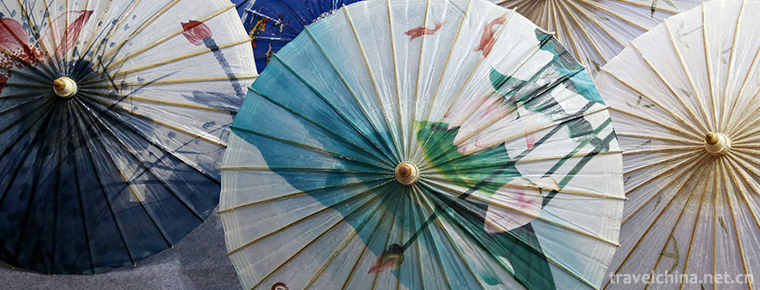
-
RenminbiChinese yuan
The legal currency of the People's Republic of China is Renminbi. The People's Bank of China is the competent organ of the state in charge of the management.
Views: 196 Time 2018-11-13 -
Senbora Resort Forest Scenic Area
Senbora, a landscape world in ancient forests, a paradise of pleasure water under glacial ruins, a national 4A-class tourist attraction, is located at the exit of Fogang Expressway in Fogang County.
Views: 187 Time 2019-02-07 -
Korean Traditional Wedding
The traditional wedding ceremony of the Korean nationality in China is formed by the continuous integration and development of the Korean ancestors with the Han nationality and other minority.
Views: 162 Time 2019-04-16 -
Chaozhou Music
Chaozhou music is the general name of all kinds of traditional folk instrumental music spread in Chaoshan area of Guangdong Province, referred to as Chaozhou music.
Views: 155 Time 2019-04-16 -
Ancient Platform Building Skills
Architectural skill of ancient stage is an important traditional skill in folk architecture. In the traditional techniques of ancient stage construction, sawyers, big woodworkers, small woodworkers.
Views: 146 Time 2019-05-01 -
Legend of Kirin
The legend of Kirin is mainly spread in Jiaxiang County of Shandong Province and its surrounding areas. Kirin is an auspicious God and animal in ancient legends. Ancient books say .
Views: 126 Time 2019-06-10 -
Tauk Taohu
Tao Ketaohu (May 13, 1864-April 1922), also translated as "Tao Ketao", Fuer Zhijin, Mongolian, the former Banner of Guoerros in Zhelimu League, Mongolian subordinate aristocrat of Nezhazazak.
Views: 97 Time 2019-06-18 -
Chengdu Medical College
Chengdu Medical College is a full-time general medical college organized by the Sichuan Provincial People's Government. It is located in Chengdu, the capital of Sichuan Province. Its history can be tr.
Views: 143 Time 2019-08-31 -
Beijing Second College of Foreign Languages
Beijing Second Foreign Language College is a famous university with advantages of foreign language and literature and tourism management, and coordinated development of literature, management, economi.
Views: 311 Time 2019-09-06 -
Beijing Information Science And Technology University
Beijing Information Science and Technology University (Beijing Information Science and Technology University), located in Beijing City, is a city with a coordinated development of engineering, managem.
Views: 157 Time 2019-09-21 -
Luzhou natural resources
The total amount of water resources in Luzhou is 6.657 billion cubic meters per year. The groundwater reserves are rich, reaching 1.065 billion cubic meters per year, among which Xuyong and Gulin counties in the south are the richest. The structural fissure water in the south.
Views: 344 Time 2020-12-14 -
Luzhou cuisine
Sichuan hotpot, famous for its hemp, spicy, fresh and fragrant, is the representative of Sichuan cuisine. It is said that the birthplace of Sichuan hotpot is xiaomitan in Luzhou (near Gaoba, Luohan street, Longmatan District)..
Views: 69 Time 2020-12-14

